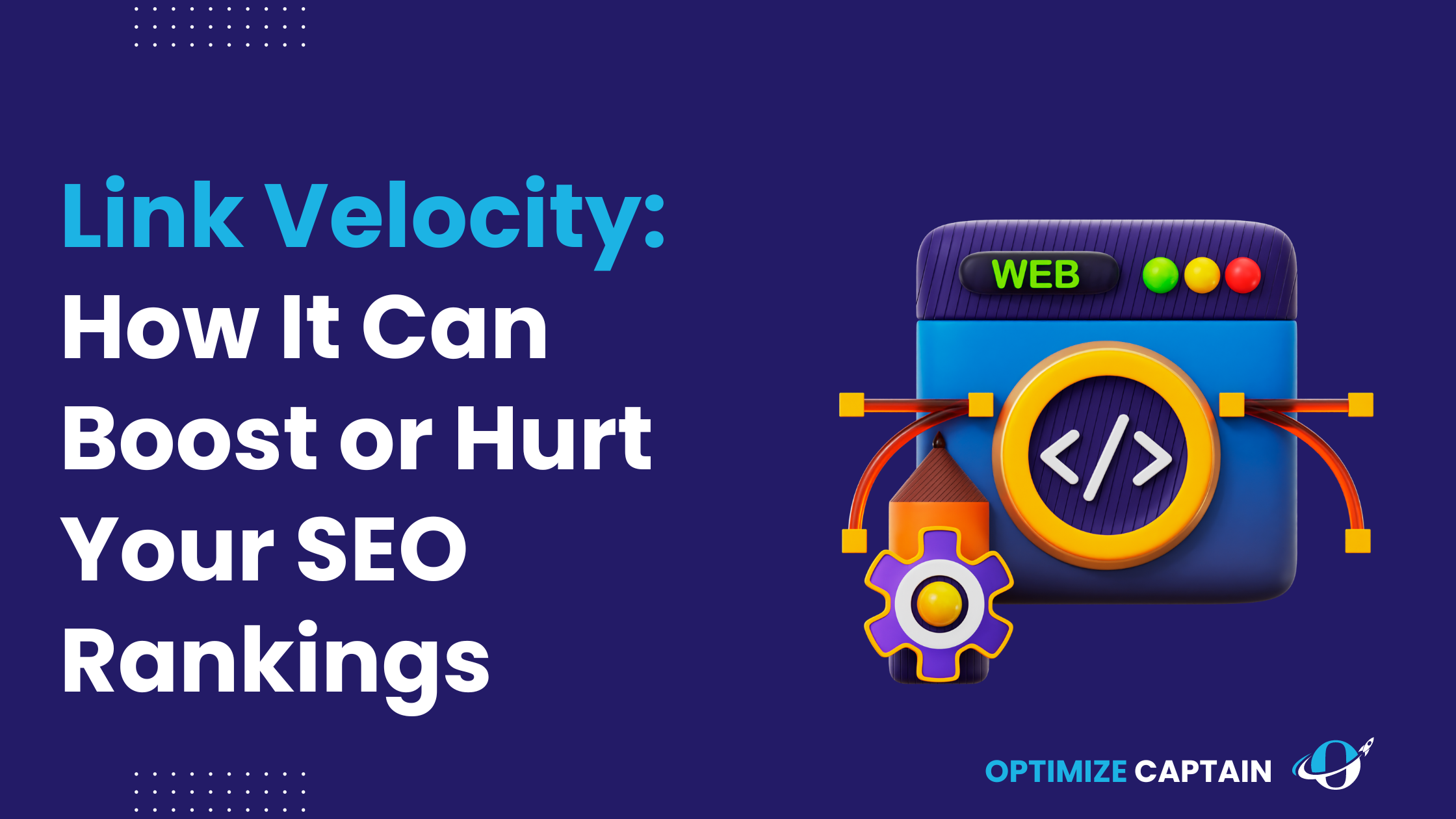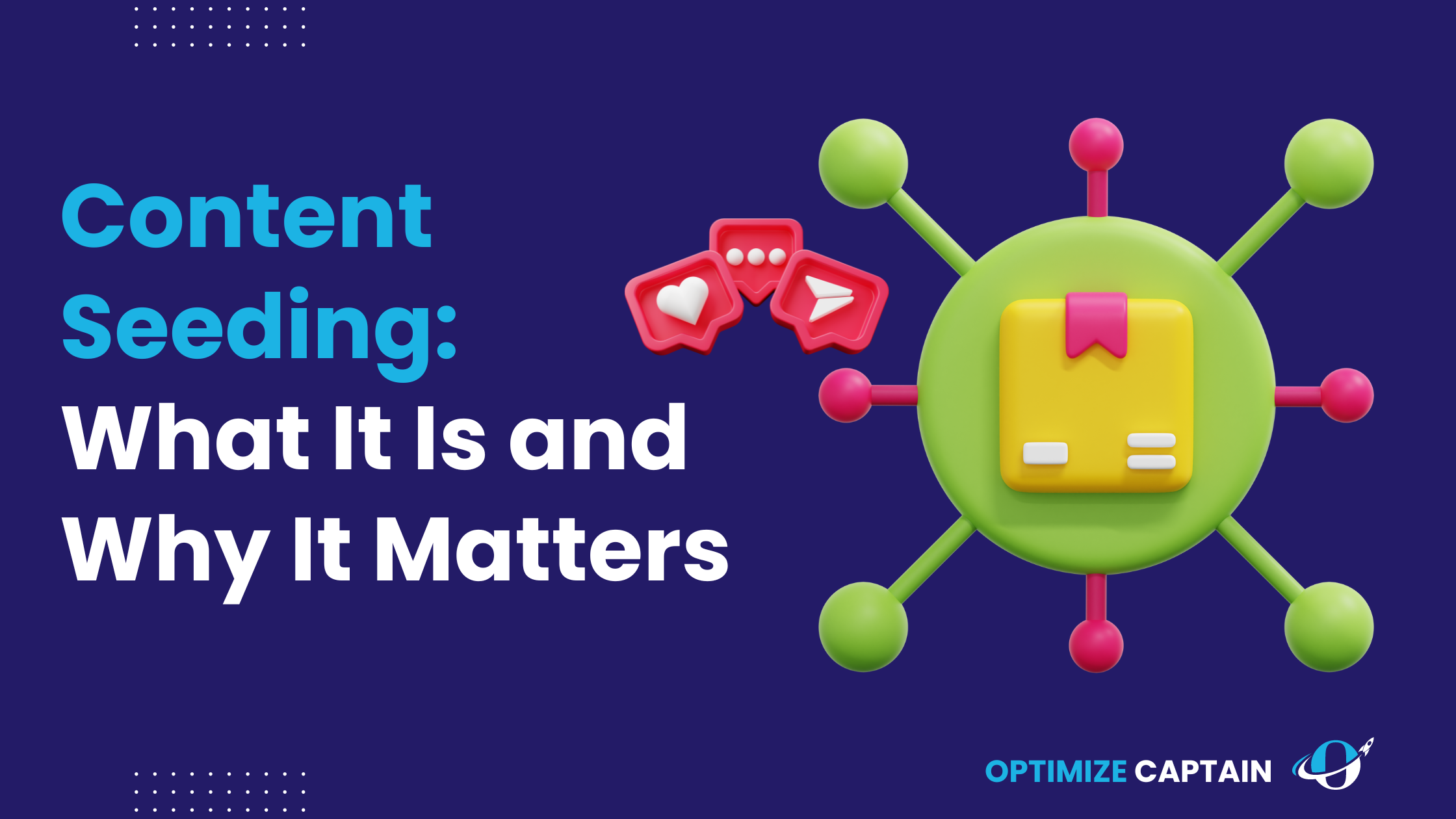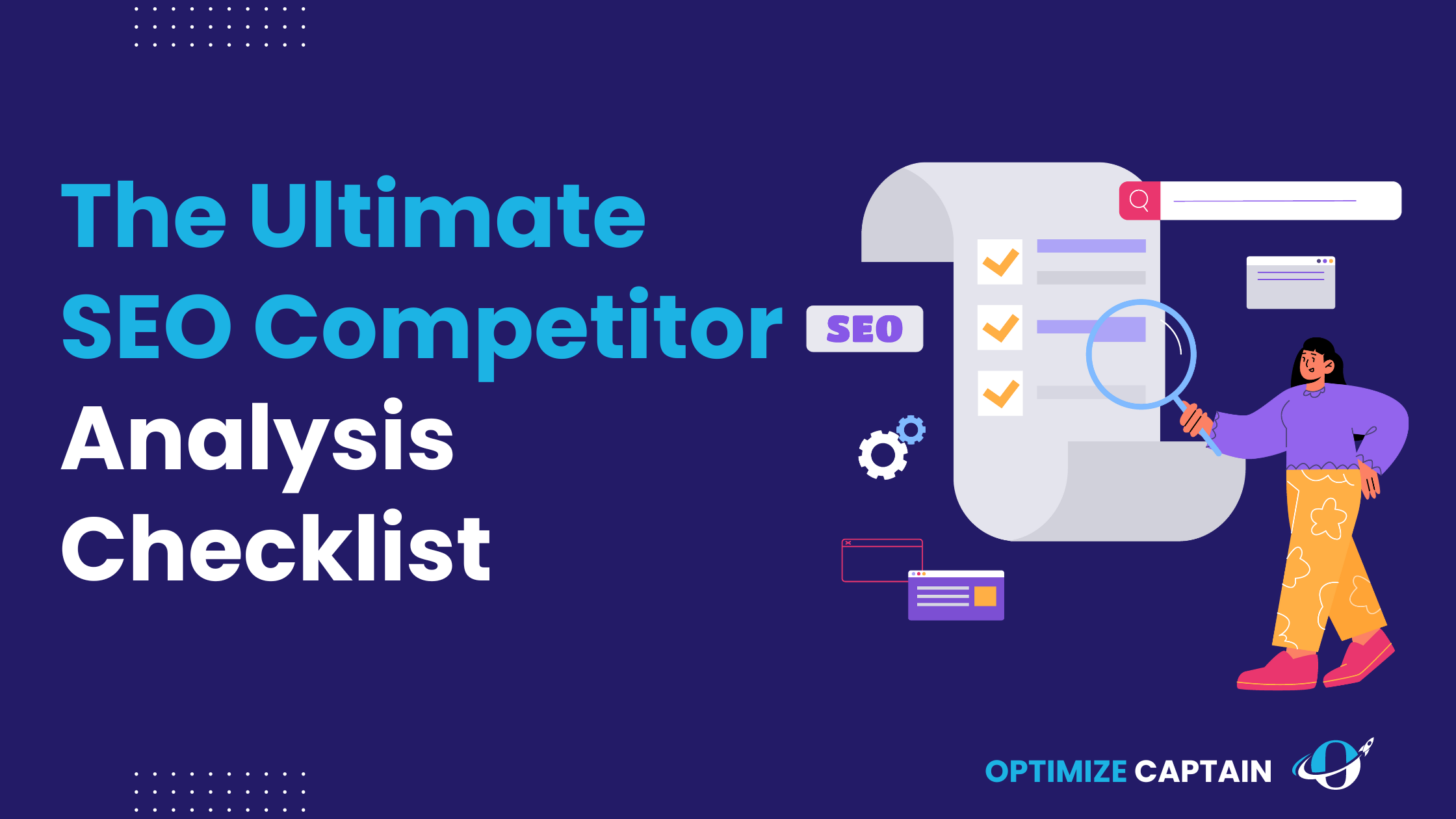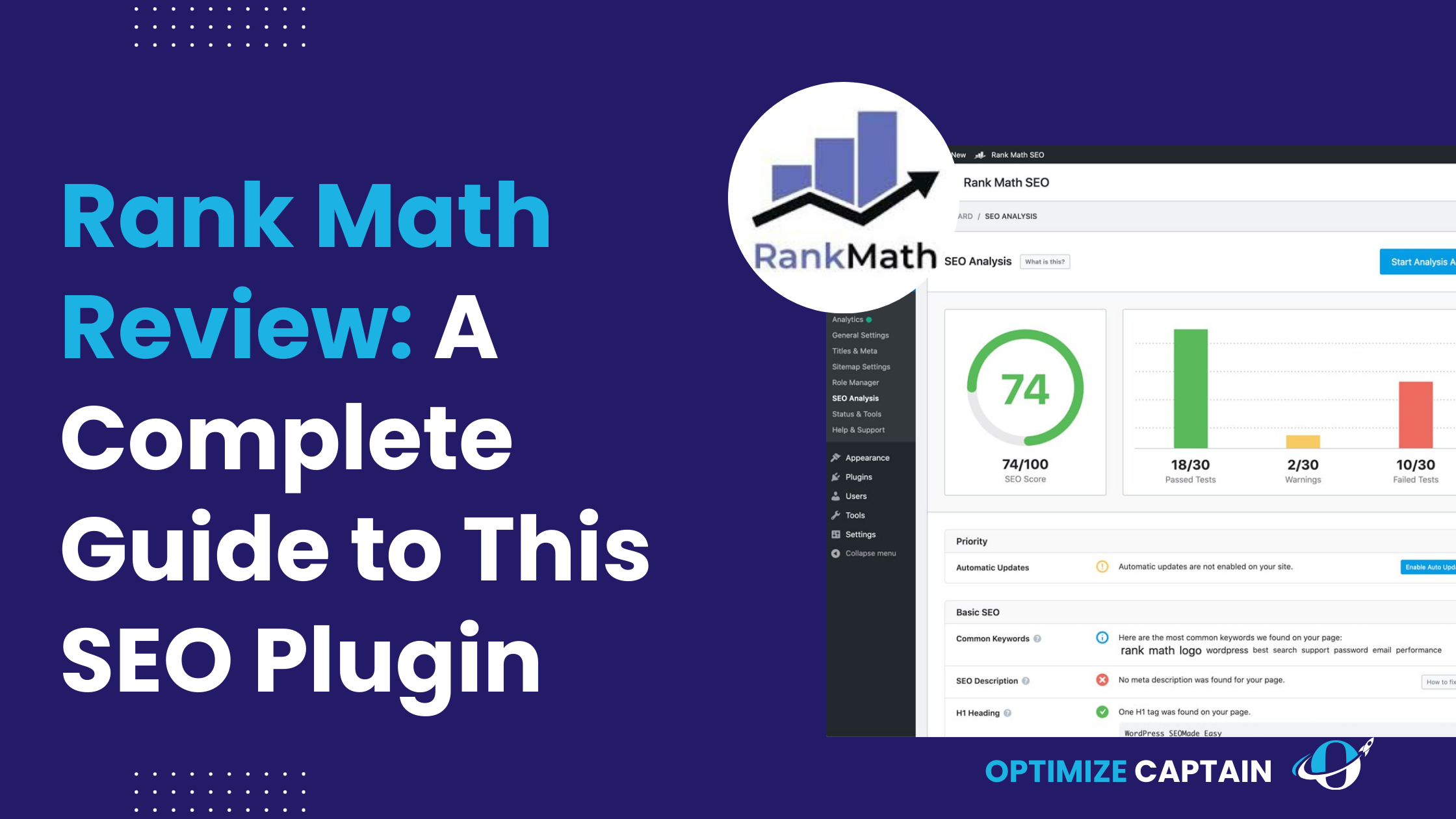Hold onto your hats, content creators! Did you know that 90% of SaaS companies are out there battling for attention with blog posts, white papers, and webinars? It’s a crowded battlefield, but don’t worry! With the right content marketing plan, you can cut through the noise and attract ideal customers.
This guide is your secret weapon to conquer even the most competitive markets. We’ll break down the key things you need to know, explore some cutting-edge tactics, and even show you a unique approach to set yourself apart.
Why Is SaaS Content Marketing Important?
Content marketing isn’t just a fancy term; it’s the fuel that keeps your SaaS business running. Studies show companies focusing on content marketing see a crazy-good 30% higher customer retention rate than those that don’t. Why? Because valuable content makes you the expert in your field. People start to trust you, and that trust leads to more sales.

Think of content as a bridge connecting your company to your ideal customer. You use it to show them your product’s problems, explain how it solves them, and become their trusted partner on their journey.
Here’s a real-life example: Hubspot, a giant in the marketing software world, built its empire on amazing content marketing. They offer a ton of blog posts, ebooks, and webinars that address the specific challenges marketers face. This valuable content attracts potential customers, positions Hubspot as a thought leader, and drives sales.
Building a Winning SaaS Content Marketing Strategy
Now that we’ve established the power of content let’s build a strategy that gets results. Here are the key steps:
1. Know Your Ideal Customer Like a Best Friend
Before you start producing content, get to know your ideal customer profile (buyer persona) inside and out. This profile describes your audience’s age, location, job title (think marketing manager or sales director), company size and industry, needs, goals, and problems. By understanding your audience deeper, you can tailor your content to their specific challenges and interests.

2. Content Pillars & Topics That Grab Attention
Once you know your ideal customer, identify content themes (pillars) and specific topics that will resonate with them. Think about the different stages of their buying journey (awareness, consideration, decision) and address their needs at each stage. Here are some content ideas to get you started:
- Industry Buzz: Discuss upcoming trends and insights relevant to your target audience.
- How-To Guides: Offer practical solutions to common pain points your customers face.
- Customer Success Stories: Showcase how other companies have succeeded using your product (testimonials are gold!).
- In-Depth Reports: Dive deep into specific challenges your product solves, with real-world data to back it up.
3. Content Formats: Beyond the Blog Post
Don’t limit yourself to just blog posts! Explore high-performing SaaS content formats like:
- Infographics: Turn complex information into a visually appealing image.
- Videos: Explain concepts, offer product demos or interview industry experts.
- Webinars & Online Courses: Provide in-depth training and establish yourself as a thought leader.
- Interactive Content: Quizzes, assessments, or calculators keep users engaged and provide personalized recommendations.
The Unique Approach: Interactive Content & Dynamic Landing Pages
Here’s where we set you apart from the competition. Imagine a potential customer visiting your website. They’re interested in your product but unsure if it’s the right fit for their specific needs. This is where interactive content, like a product selection quiz, comes in.
By asking a series of questions about their company size, industry, and biggest challenges, the quiz identifies the ideal product solution and tailors the landing page experience accordingly. This personalized approach results in more engaged users, valuable recommendations, and conversions!
Take Freshworks, a CRM (Customer Relationship Management) software provider. Potential customers searching for a “HubSpot alternative” or a “Salesforce alternative” might land on a Freshworks page that reflects their specific search intent.
The landing page for the “HubSpot alternative” keyword:

The landing page for the “Salesforce alternative” keyword:

This personalized approach provides a more relevant and engaging experience for the user.
Benefits of Interactive Content & Dynamic Landing Pages:
- Increased User Engagement: Interactive elements like quizzes and product comparisons keep visitors actively involved, leading to a deeper understanding of your product offering.
- Improved Lead Generation: By tailoring content to specific needs, you capture valuable data to personalize your marketing messages and increase conversion rates.
- Enhanced Brand Image: A personalized experience demonstrates that you care about understanding your customer’s unique needs, fostering trust and brand loyalty.
4. Become a Content Spy
Before creating content, take a peek at what your competitors are doing. Here’s how to ethically gather valuable intel:
- Content Audit: Analyze your competitor’s blogs, social media content, and websites. What topics are they covering? What formats are they using? Are there any recurring themes?
- Keyword Research: Use SEO tools to discover what keywords your competitors are ranking for. This helps you target relevant keywords in your content, making it easier for people to find you online. Think of it like finding the secret paths that lead to potential customers.
5. Content Creation
Now you know the importance of content marketing and how to develop a winning strategy. But creating content that gets noticed and keeps readers engaged is another game. Here’s how to craft content like a pro:

1. Write Like You Talk (But Keep it Professional):
Imagine you’re explaining your product or service to a friend over coffee. Ditch the stuffy jargon and complex sentences. Use clear, concise language that’s easy to understand. But remember, you’re still representing a business, so maintain a professional tone.
2. Focus on Benefits, Not Features:
People don’t care about all the fancy features your product has. They care about what those features can do for them. Focus on your product’s benefits and how it solves their specific problems.
3. Break Up Your Text:
Nobody likes staring down a wall of text! Break up your content with subheadings, bullet points, and images. This makes it easier for readers to scan and digest your information.
4. Hook ‘Em Early:
You only have a few seconds to grab your reader’s attention before they click away. Start your content with a strong hook that piques their interest. This could be a surprising statistic, a thought-provoking question, or a relatable anecdote.
5. Tell Stories (Because People Love Stories):
Facts and figures are important, but stories resonate with people on an emotional level. Weave stories into your content to illustrate your points and make them more memorable.
6. Make it Visually Appealing:
Visuals are powerful tools that can enhance your content and keep readers engaged. Use high-quality images, infographics, and videos to break up your text and add visual interest.
7. Optimize for Search Engines (But Don’t Stuff Keywords):
There’s a science to getting your content seen by the right people. Research relevant keywords your target audience is searching for and incorporate them naturally into your content. But don’t overdo it! Keyword stuffing sounds unnatural and can actually hurt your rankings.
8. Promote Your Content (Don’t Just Publish and Pray):
Creating great content is only half the battle. You also need to promote it! Share your content on social media, submit it to relevant industry publications, and consider paid advertising options.
9. Be Consistent (This is a Marathon, Not a Sprint):
Content marketing is a long-term game. Don’t expect to see results overnight. Be consistent with your content creation and promotion efforts. The more valuable content you put out there, the more likely you attract and retain customers.
10. Track Your Results (And Adapt):
Don’t just create content and hope for the best. Track your results using analytics tools to see what’s working and what’s not. Use this data to refine your content strategy and ensure you create content that resonates with your audience.
6. Content Distribution and Promotion Strategies
Creating amazing content is just the first step. To maximize its impact, you need a solid distribution and promotion strategy. Here are some key tactics:
- Social Media Marketing: Share your content on relevant social media platforms and engage with your audience.
- Email Marketing: Include your content in newsletters to nurture leads and drive traffic.
- Content Syndication: Publish your content on high-authority websites to reach a wider audience.
- Search Engine Optimization (SEO): Optimize your website and content for relevant keywords to improve organic search visibility.
- Paid Advertising: To reach a targeted audience, consider paid advertising options like social media ads or search engine marketing (SEM).
- Influencer Marketing: Partner with industry influencers to promote your content to their audience.
7. Measuring Results and Adapting Your Strategy
Content marketing is an ongoing process. Tracking your results and adapting your strategy based on data is crucial. Here are some key metrics to monitor:
- Website Traffic: See how your content is driving traffic to your website.
- Engagement Metrics: Track social media shares, comments, and time spent on your content.
- Lead Generation: Analyze how your content is converting visitors into leads.
- Sales Conversions: Track how your content is contributing to sales conversions.
By analysing this data, you can identify what’s working and what’s not. Use this information to refine your content strategy, optimize your content for better performance, and ultimately achieve your marketing goals.
Conclusion
In the SaaS Industry, you must use content marketing to succeed. By creating targeted and strategic content, you can attract your ideal customers, establish yourself as a thought leader, and grow your business. Remember, content marketing is an ongoing process, not just a one-time task. Stay committed to creating valuable content, regularly analyse and adjust your strategy, and see your content marketing become a powerful tool in your SaaS marketing efforts.





